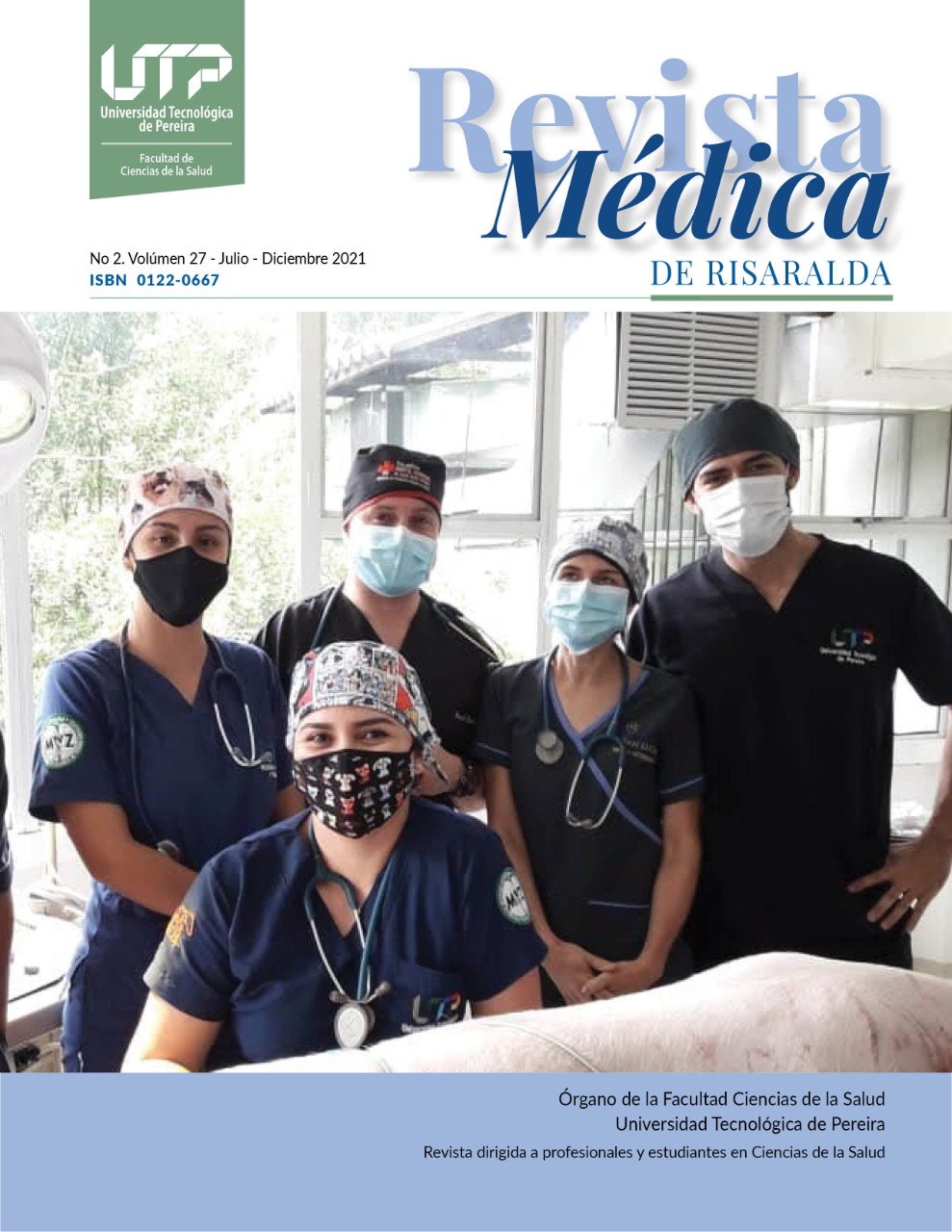Cases report on the use of tranexamic acid to reduce perioperative bleeding in liposuction and abdominoplasty procedures
DOI:
https://doi.org/10.22517/25395203.24891Keywords:
tranexamic acid, abdominoplasty, liposuction, hemorrhageAbstract
Introduction: Liposuction and abdominoplasty are two of the most common aesthetic surgeries practiced in the world. One of the most frequent complications of these procedures is the perioperative blood loss, which has negative effects on the recovery of the patients after the surgery. For this reason, it is important to search for new possibilities that reduce blood loss during this type of surgery.
Objective: To evaluate the effectiveness of tranexamic acid in reducing perioperative bleeding in liposuction and abdominoplasty procedures.
Methods: We present a retrospective case series report in which 1 gram of tranexamic acid was applied to a group of patients before the surgery. Later we reviewed and compared an hemogram taken before and after the surgery. Additionally, we evaluate if the patients required blood transfusion after the procedure.
Results: A population of 37 female patients was studied. None of the patients presented a postsurgical hemoglobin level lower than 8 g/dl nor required blood transfusion products after surgery. A Spearman’s rank correlation was performed between the variables, in which there was no evidence of association between lipoaspirate, and hemoglobin or postoperative hematocrit.
Conclusion: The tranexamic acid is a medicament that can be useful for reducing perioperative blood loss in liposuction and abdominoplasty, such results were proved since none of the patients who received the medication required transfusion of red blood cells.
Key words: Tranexamic acid, liposuction, abdominoplasty, hemorrhage
Downloads
Downloads
-
Vistas(Views): 753
- PDF (Español (España)) Descargas(Downloads): 337
- PDF Descargas(Downloads): 181
Published
How to Cite
Issue
Section
License
Cesión de derechos y tratamiento de datos
La aceptación de un artículo para su publicación en la Revista Médica de Risaralda implica la cesión de los derechos de impresión y reproducción, por cualquier forma y medio, del autor a favor de Facultad de Ciencias de la Salud de la Universidad Tecnológica de Pereira. 1995-2018. Todos los derechos reservados ®
por parte de los autores para obtener el permiso de reproducción de sus contribuciones. La reproducción total o parcial de los trabajos aparecidos en la Revista Médica de Risaralda, debe hacerse citando la procedencia, en caso contrario, se viola los derechos reservados.
Asimismo, se entiende que los conceptos y opiniones expresados en cada trabajo son de la exclusiva responsabilidad del autor, sin responsabilizarse ni solidarizarse, necesariamente, ni la redacción, ni la editorial.
Es responsabilidad de los autores poder proporcionar a los lectores interesados copias de los datos en bruto, manuales de procedimiento, puntuaciones y, en general, material experimental relevante.
Asimismo, la Dirección de la revista garantiza el adecuado tratamiento de los datos de carácter personal



